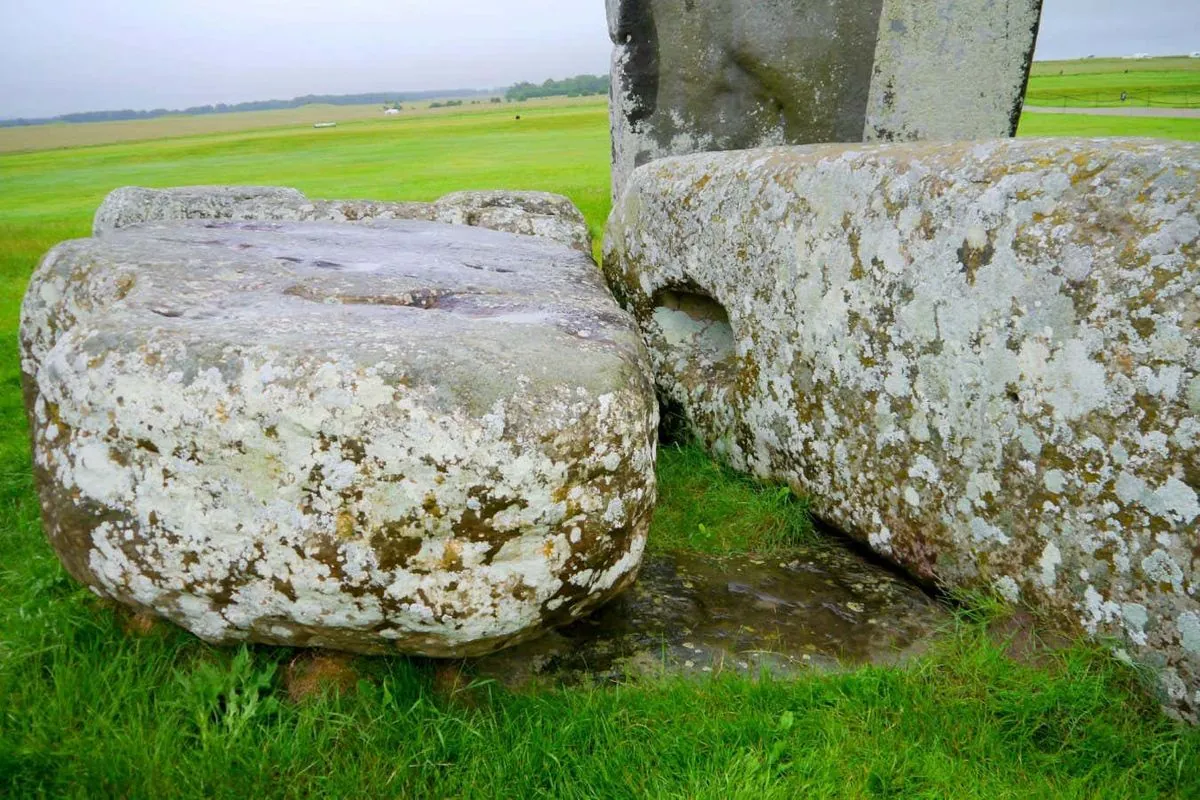Recent research has unveiled a surprising discovery about Stonehenge, the world-renowned prehistoric monument. The "Altar Stone," a central component of the structure, has been found to originate from Scotland rather than Wales, as previously believed. This revelation, published in the journal Nature, has significant implications for our understanding of Neolithic Britain.
The study, led by scientists from Curtin University in Australia, analyzed two microscopic samples of the Altar Stone. Using advanced geological techniques, including laser analysis and mass spectrometry, the team identified minerals dating back 2 billion and 450 million years. This unique composition points to the Old Red Sandstone formation in the Orcadian Basin of northeast Scotland as the stone's source.
Heather Sebire, senior curator at Stonehenge for English Heritage, described the findings as "amazing." The discovery suggests that Neolithic people transported the six-ton sandstone slab over a distance of 450 to 600 miles, a feat that would have required remarkable organization and determination.
Two main theories have emerged regarding the stone's transportation. One proposes an overland journey, while the other suggests a maritime route. The latter theory is supported by evidence of long-distance sea travel during the Neolithic period, including the introduction of the common vole to Orkney from continental Europe.
The Altar Stone's journey to Stonehenge likely occurred around 2500 B.C., predating the invention of the wheel in Britain. This timeline highlights the ingenuity and capabilities of Neolithic societies, challenging previous assumptions about their technological advancements.
Robert Ixer, an archaeologist at University College London and co-author of the study, expressed astonishment at the findings. The research relied on two samples: one collected in the 1840s and another excavated in the 1920s. Despite the limited material, the team achieved a 95% certainty in tracing the stone's origin.
This discovery opens up new avenues for research into Neolithic trade networks and societal organization. It also underscores the importance of Stonehenge as a UNESCO World Heritage site and its continued ability to captivate researchers and the public alike.
As scientists work to pinpoint the exact location of the Altar Stone's origin in Scotland, questions about the methods and motivations behind its transportation remain. While these aspects may be lost to history, the ongoing research continues to shed light on the remarkable achievements of our Neolithic ancestors.
"As these things may be lost to history."
The Altar Stone's Scottish origin adds another layer of complexity to Stonehenge's already fascinating story. It stands as a testament to the advanced capabilities of Neolithic societies and their ability to undertake monumental projects that continue to awe us today.
